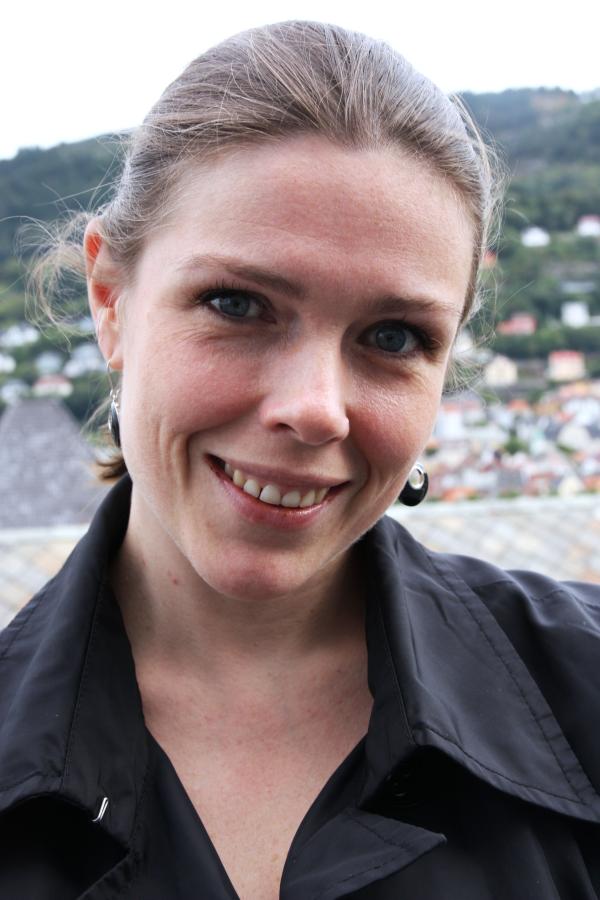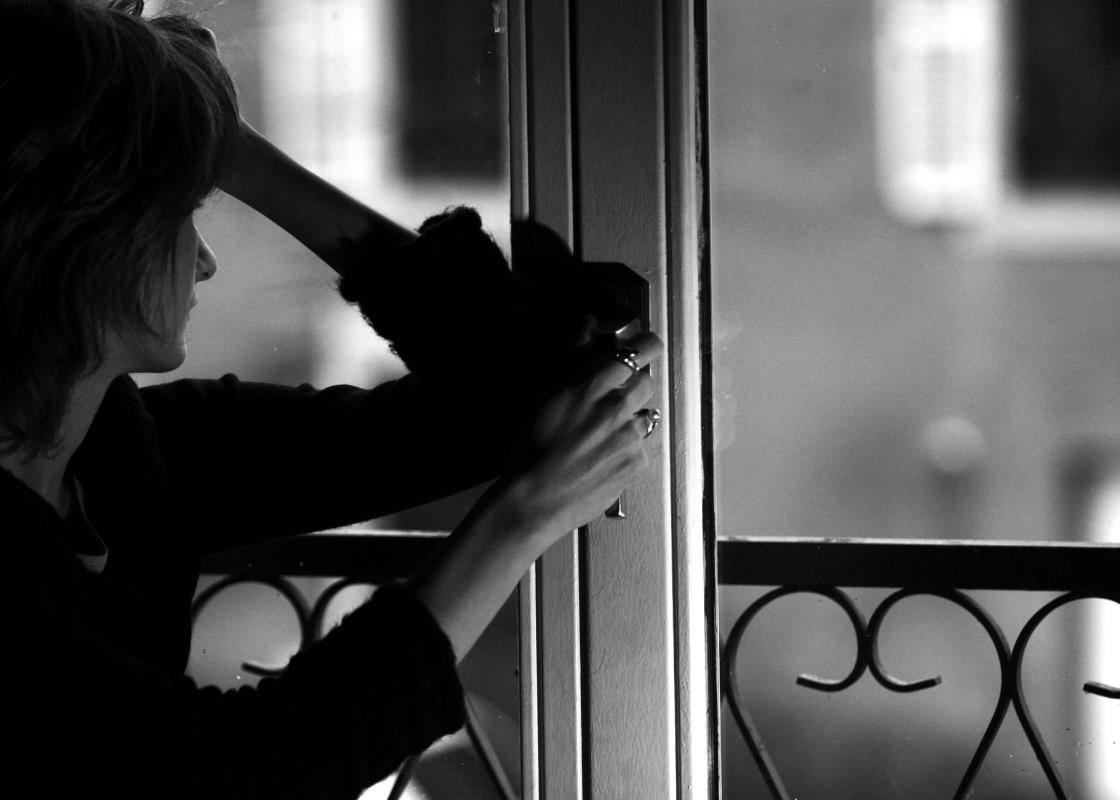“It’s a tragedy if women choose abortion because of a lack of advice, guidance and help from society. Worst of all is the situation where the woman only understands what an abortion is after the abortion has taken place, and has to struggle with mental problems as a result. (…) Having an abortion is one of the most vulnerable situations a woman can experience.”
(Centre Party representative Inga Kvalsvik in a parliamentary debate on abortion in the Norwegian Storting in 1996)
This extract from Kvalsvik’s speech is typical of the Norwegian debate on abortion. Expressions such as “a heavy burden”, “mental problems”, “under pressure” and “vulnerable situation” characterize the debate when abortion law is discussed and evaluated. Whether the arguments support full self-determination or restrictions, all those taking part in the debate invoke factors such as respect, care and regard to the vulnerable woman who has ended up in a situation where abortion is a likelihood, either because of an unwanted pregnancy or because the foetus shows abnormal development.
Scandinavian philologist and research fellow Merethe Flatseth of the Centre for the Study of the Sciences and the Humanities at the University of Bergen makes this assertion in her doctoral dissertation in which she has conducted an analysis of metaphor and discourse in parliamentary debates on the subject.
“For example, the Christian Democrats argue that women should receive more counselling as well as more sessions with their physician and more information about the help that is available if they choose to continue the pregnancy. The Christian Democrats claim that they are the ones who really care about these women and that they will help them to resist the pressure from others to have an abortion so that they decide to keep the baby,” Flatseth says, adding that:
“The Labour Party, on the other hand, claims that unwarranted pressure on pregnant women can be caused by interfering in the situation and compelling women to consult their doctors. The same is true for a standard waiting period before the abortion is carried out, and for the information received about what help the mother will get if she decides to keep the child. Providing more information and more consultations can in itself exercise a strong mental pressure on the woman concerned. Consideration for ‘the woman under pressure’ creates a kind of framework for the debate,” states Flatseth.
“There is a potential threat in giving the woman a heavier burden to bear in an already stressful situation. This becomes the basic logic of arguments for either a more liberal or a more restrictive practice in the case of abortion. It is founded on a notion of the female mind as a fragile structure that only tolerates a certain degree of pressure. Politicians with different standpoints apply this logic when they put forward arguments to support their policy on abortion,” she explains.
Two-sided
“The notion of the vulnerable women limits the debate in two directions,” Flatseth emphasizes.

“On the one hand, it has become difficult to argue against the woman making the final decision herself and from that point of view the terms of the debate ensure that women’s rights are supported. Her presumed vulnerability allows the woman a degree of latitude. On the other hand, it is almost taken for granted that abortion will be a heavy burden for a woman to bear,” she says.
Flatseth believes that the insistence that abortion is painful and difficult marks it as a morally sensitive area. And this moral concern is not a new aspect.
“When Katti Anker Møller [early Norwegian advocate of the right to abortion, Ed] asserted at the beginning of the last century that a worn out working-class mother of seven children with a violent and alcoholic husband should have the right to choose abortion, she was met with fairly unison condemnation. The main argument put forward was that access to abortion would only result in women renouncing motherhood in favour of sexual immorality. There was a fear that abortion would make it too ‘convenient’ for them,” Flatseth relates.
This concern for the ‘convenience’ aspect has survived in the debate on abortion rights up to the present day.
“In the 1970s debate, people expressed fears that self-determined abortion would mean that women would choose abortion so as to be able to afford luxury items. In our day and age the concern is that women ‘resort to abortion instead of using prevention’ or that they have abortions on a selective basis to ensure that they have ‘perfect children’ without any blemishes. The prospect of women seeing abortion as the easy way out is still regarded as a threat,” says Flatseth.
“A mental health hazard”
In 1960 the first Act relating to abortion entered into force. Up till then abortion had simply been regulated by the Penal Code. The Act provided that women could apply for an abortion on other than purely medical grounds. An abortion could be granted if the pregnancy and birth entailed a risk of disease or a “mental health hazard”. In Flatseth’s view the expression “a mental health hazard” manifests the presence of a new understanding of abortion in which the pressurized and vulnerable woman dominates. This new understanding also had an impact on women applying for abortions. Instead of being regarded as sexually irresponsible as previously, they assumed the role of patients who could be admitted to hospital to have a surgical procedure because they were “in danger”.
“It became important to portray oneself as someone at risk of endangering her mental health when appearing before an abortion panel,” declares Flatseth.
“ Even though as many as 90 per cent of those who appeared before the panels were granted abortions – and in that respect the 1960 Act mainly benefited women – the Act was criticized for adding a psychiatric dimension to the situation of women seeking abortion. Suddenly a woman was a delicate, fragile creature who had to be treated with great care.”
“The sorting society” and continuing dilemmas
In 1978 Norwegian women were given the right to self-determined abortion before the end of the twelfth week of pregnancy. It was no longer necessary to be in poor health or to have a frail psyche to have an abortion. But abortion was still regarded as a problematic area.
“Many people wanted to give independent rights to the foetus while at the same time recognizing the woman’s right to decide over her own body. These standpoints are irreconcilable and this poses a dilemma for a lot of people” declares Flatseth.
Moreover, the 1990s brought in new prenatal diagnostic testing and so-called selective abortion, i.e. abortion on the grounds of demonstrable damage to or deficiencies in the foetus, bringing new dilemmas to the abortion debate. Suddenly abortion was no longer merely a choice between having a child and not having a child, but also a choice of what kind of child one wanted. Thus a new ethical dilemma emerged that is often presented in the Norwegian debate through the metaphor “the sorting society”. Abortion had long been seen as a legitimate and medically defensible decision if there was something ‘wrong’ with the foetus. But by the middle of the 1990s prenatal diagnostic testing had become more exact and this kind of abortion was then regarded as problematic. Many people expressed the fear that all foetuses that were not 100 per cent normal would be discarded, creating a society with no place for weakness and variation. With selective abortion the choice suddenly became a factor that not only affected the woman and her family but the whole of society. Society’s interest in the foetus was renewed.
“In this debate as well, politicians based their arguments on regard to the women who were forced to make a choice between bearing an abnormal child and having an abortion. At the same time, no one wished to be a spokesperson for a sorting society,” Flatseth adds.
The heavy burden promotes an ethical standpoint
Flatseth interprets the ‘demand’ that the woman seeking abortion shows vulnerability and moral agony as the way in which society deals with the ethical dilemmas linked to abortion.
“If you view abortion as an easy solution, something that you can resort to without great anguish, this appears to strengthen the problematic aspects. In contrast, the ethical scruples seem to be less troublesome if women are seen to search their conscience to the extent possible without this resulting in a trauma when making the decision,” says Flatseth. In her opinion, the understanding that abortion is a heavy burden both disciplines women and liberates them.
“An unwanted pregnancy can be considered to be a radical physical and emotional experience. At the same time, the notion of the vulnerable woman somehow eases the pressure on abortion policies because the woman experiences abortion as a burden. On this basis selective abortion also acts as an ethically defensible policy: ethics are not linked to what the woman chooses in the end, but to the way she makes the decision, Flatseth concludes.
Translated by Jennifer Follestad
Flatseth, Merethe: Førende forestillinger i fosterpolitikken : en metafor- og diskursanalyse av hvordan kvinne, foster og abort blir konstituert i stortingsdebatter om abort og fosterdiagnostikk.
(Underlying understandings of selective abortion policies: a metaphor and discourse analysis of how woman, foetus and abortion are presented in Norwegian parliamentary debates on abortion and prenatal diagnostics.)
University of Bergen, 2009.
